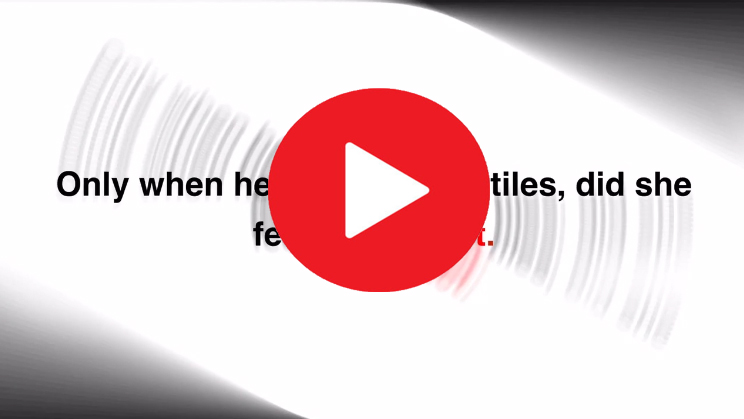
The Vertigo And Dizziness Program™ By Christian Goodman Vertigo and Dizziness Program is a designed to help stop vertigo and dizziness once and for all. Medical practitioner don’t know the exact cure for this condition but this program will show you exactly what you need to make this painful condition a thing of the past. This program has recommended a set of simple head exercises that help cure this condition.
What role does diet play in managing vertigo in India?
Diet plays a significant role in managing vertigo in India, particularly in conditions like Meniere’s disease, vestibular migraines, and other balance disorders. Certain dietary adjustments can help reduce the frequency and severity of vertigo episodes by managing triggers and maintaining overall health. Here’s a detailed look at how diet can influence vertigo and specific recommendations for managing it:
Importance of Diet in Managing Vertigo
- Managing Fluid Balance:
- Mechanism: Conditions like Meniere’s disease are influenced by fluid balance in the inner ear. A diet that helps regulate fluid retention can reduce vertigo symptoms.
- Impact: Proper fluid management can prevent the buildup of pressure in the inner ear, which can trigger vertigo.
- Reducing Inflammation:
- Mechanism: Inflammatory responses can affect the vestibular system, leading to vertigo. An anti-inflammatory diet can help manage these symptoms.
- Impact: Reducing inflammation can improve overall vestibular health and reduce vertigo episodes.
- Controlling Blood Sugar Levels:
- Mechanism: Fluctuations in blood sugar levels can trigger vertigo in some individuals, especially those with vestibular migraines.
- Impact: Stable blood sugar levels can prevent vertigo attacks.
- Avoiding Triggers:
- Mechanism: Certain foods and beverages can trigger vertigo episodes. Identifying and avoiding these triggers is crucial.
- Impact: Avoidance of dietary triggers can significantly reduce the frequency and severity of vertigo episodes.
Dietary Recommendations for Managing Vertigo
- Low-Sodium Diet:
- Importance: High sodium intake can cause fluid retention and increase pressure in the inner ear, exacerbating vertigo.
- Strategy: Limit salt intake by avoiding processed foods, canned soups, salty snacks, and adding less salt to meals. Aim for less than 2,000 mg of sodium per day.
- Hydration:
- Importance: Staying well-hydrated can help maintain fluid balance and reduce vertigo symptoms.
- Strategy: Drink plenty of water throughout the day. Aim for at least 8-10 glasses of water daily, more if you are physically active or in a hot climate.
- Caffeine and Alcohol Reduction:
- Importance: Caffeine and alcohol can affect fluid balance and blood flow, potentially triggering vertigo.
- Strategy: Limit or avoid beverages containing caffeine (coffee, tea, sodas) and alcohol. If consumed, do so in moderation.
- Balanced Diet:
- Importance: A diet rich in fruits, vegetables, whole grains, and lean proteins supports overall health and can help manage vertigo.
- Strategy: Incorporate a variety of nutrient-dense foods to ensure adequate intake of essential vitamins and minerals.
- Anti-Inflammatory Foods:
- Importance: Reducing inflammation can help manage vestibular disorders.
- Strategy: Include foods rich in omega-3 fatty acids (fatty fish, flaxseeds, walnuts), antioxidants (berries, leafy greens), and anti-inflammatory spices (turmeric, ginger).
- Stable Blood Sugar Levels:
- Importance: Fluctuations in blood sugar can trigger vertigo, especially in vestibular migraine sufferers.
- Strategy: Eat small, frequent meals throughout the day. Choose complex carbohydrates (whole grains, legumes) over simple sugars, and combine them with proteins and healthy fats to stabilize blood sugar levels.
- Avoiding Specific Triggers:
- Common Triggers: Some individuals may have specific food triggers like chocolate, aged cheeses, monosodium glutamate (MSG), or processed meats.
- Strategy: Keep a food diary to identify and avoid personal dietary triggers that may exacerbate vertigo symptoms.
Specific Considerations for India
- Cultural Dietary Practices:
- Traditional Foods: Incorporate traditional Indian foods that align with dietary recommendations, such as fresh vegetables, fruits, whole grains, legumes, and lean proteins.
- Spices: Use anti-inflammatory spices like turmeric, ginger, garlic, and coriander, which are common in Indian cuisine and can help reduce inflammation.
- Awareness and Education:
- Public Awareness: Increase awareness about the role of diet in managing vertigo through public health campaigns and educational programs.
- Healthcare Provider Guidance: Encourage healthcare providers to discuss dietary management with patients suffering from vertigo.
- Accessibility and Affordability:
- Affordable Options: Promote affordable and accessible food options that support a low-sodium, anti-inflammatory, and balanced diet.
- Local Resources: Utilize local markets and resources to access fresh produce and whole foods.
Conclusion
Diet plays a vital role in managing vertigo in India by helping to regulate fluid balance, reduce inflammation, stabilize blood sugar levels, and avoid specific triggers. A low-sodium, well-hydrated, balanced diet rich in anti-inflammatory foods and stable in blood sugar can significantly reduce the frequency and severity of vertigo episodes. Incorporating traditional Indian foods and spices that align with these dietary principles can further enhance vertigo management. Education and awareness initiatives, along with healthcare provider guidance, are essential to promote effective dietary strategies for individuals suffering from vertigo.

The Vertigo And Dizziness Program™ By Christian Goodman Vertigo and Dizziness Program is a designed to help stop vertigo and dizziness once and for all. Medical practitioner don’t know the exact cure for this condition but this program will show you exactly what you need to make this painful condition a thing of the past. This program has recommended a set of simple head exercises that help cure this condition.